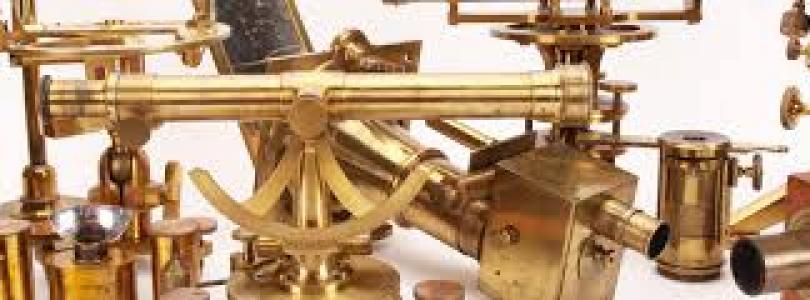Example 1
1H NMR (300.13 MHz, CDCl3, 25 ºC): δ (ppm) = 3.77 (CH), 3.6 (CH), 3.17 (CH), 2.13 (CH), 2.09, 2.21 (CH2), 1.97 (CH), 1.77 (CH), 1.45, 2.21 (CH2), 1.36, 1.78 (CH2), 1.35, 1.41 (CH2), 1.32 (CH), 1.28 (CH), 1.26, 1.41 (CH2), 1.22 (CH), 1.19, 1.64 (CH2), 1.15, 1.71 (CH2), 0.96, 1.63 (CH2), 0.91 (CH3), 0.83, 1.63 (CH2), 0.8 (CH3), 0.58 (CH3)
Example 2
15.3 mg, quantitative. 1H NMR (300.13 MHz, Chloroform-d) δ 7.97 (dd, J = 8.4, 1.4 Hz, 2H, ArH), 7.69 – 7.55 (m, 1H, ArH), 7.53 – 7.42 (m, 2H, ArH), 2.62 (s, 3H, ArCOCH3). 13C NMR (75.48 MHz, CDCl3) δ 199.54 (ArCOCH3), 138.53 (ArC), 134.51 (ArC), 129.98 (ArC), 129.71 (ArC), 28.02 (ArCOCH3)
Combined description
NMR general characterisation analyses were conducted using a Bruker Avance III 300 spectrometer (1H, 300.17 MHz). Further characterisation was conducted using a Bruker Avance III 600 spectrometer (1H, 600.13 MHz) with a BBFO probe and an Avance III 500 spectrometer (1H, 500.13 MHz) with a TBI probe. The 600 MHz and 500 MHz spectrometer parameters were: 8390 Hz sweep width, 1.95 s acquisition time, 2 s recycle delay; 6009 Hz sweep width, 5.45 s acquisition time, 5 s recycle delay; respectively. The excitation sculpting pulse program was used for water suppression.(1) Samples were analysed in the solvents d6-DMSO and D2O. All chemical shifts are stated in ppm (δ) relative to tetramethylsilane (δ = 0 ppm), referenced to the chemical shifts of residual solvent resonances (1H and 13C). 31P spectra were calibrated to H3PO4 (85 %) (δ = 0 ppm).
(1) T.-L. Hwang & A.J. Shaka, J. Magn. Reson., Series A 112 275-279 (1995)
Pulse program references
All pulse program references can be found at the top of the pulse program within Topspin within the relevant experiment.
Probes on different instruments
Gyro - Bruker Avance III 300, 5 mm BBFO probe
Rabi - Bruker Avance III 400, 5 mm BBFO+ probe
Pines - Bruker Avance III 300, 2.5, 4 and 7 mm MAS probes
Gauss - Bruker Avance III 400, 5 mm CPPBBO probe
Weber - Bruker Avance III 400, 5 mm BBFO probe
Hertz - Bruker Avance III 500, 5 mm TBI probe
Tesla - Bruker Avance III 600 , 5 mm BBFO or TBI probe
Ernst - Bruker Avance III HD 600, 5 mm TCI probe
Felix - Bruker Avance III 700, 5mm TXI or BBI probe, 1.3, 2.5, 4 mm MAS probes, 4 mm HRMAS probe, 4mm Low Gamma HRMAS probe.
Notes
The exact frequency for any nucleus used in an experiment can be obtained by looking for the "sfo1" parameter within the experiment.
All of the relevant parameters listed are stored within each experiment.
Be sure to include the mechanisms used to quantify the chemical shift.
EPR
Bohr Bruker EMXplus X-band EPR spectrometer, ER 4119HS Cavity, ER 4102ST Cavity







